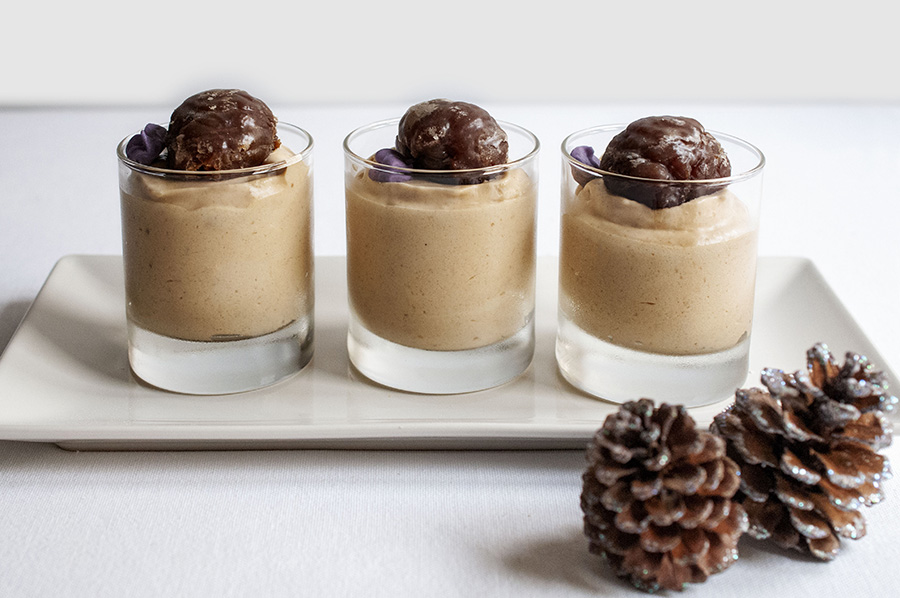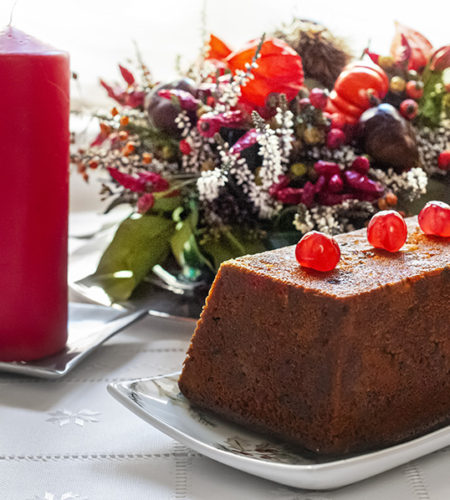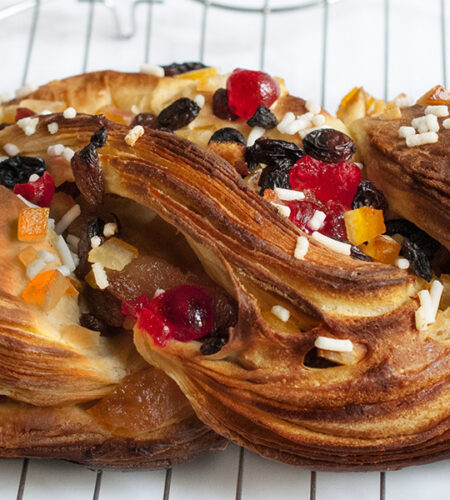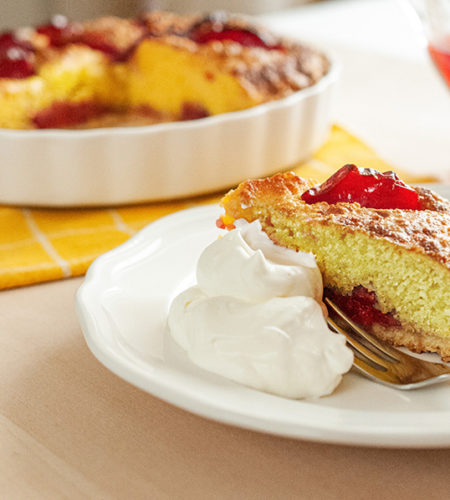This is for when I have many guests during the Christmas holidays and I want to offer a dessert I’ve prepared, but I don’t want to spend too much time on too elaborate preparations. Above all, I want something that I can prepare one day in advance so that the kitchen and oven are free.
This dessert has these three characteristics: it can be prepared in advance, is relatively easy to make, and is delicious.
Chestnut mousse
- Preparation time: 20 minutes
- Ingredients for 6-8 single portion cups
- Difficulty: Average difficult recipe
- Ingredients
- 14 oz (400 grams) of chestnut cream
- 14 oz (400 grams) of semi-whipped cream
- For the pate a bombe:
- 5 yolks
- 2 tablespoons (30 grams) of water
- 4 oz (110 grams) of sugar
- Instructions
- Combine the water and the sugar in a small saucepan and bring the mixture to 248° F.
- Meanwhile, whip the egg yolks in a bowl until light. Pour the hot syrup slowly into the egg yolks, continuing to whisk until the pâté à bombe has doubled in volume and it has returned to room temperature.
- Semi-whip the cream in a bowl.
- In another large bowl, whip the chestnut cream. Add the pâté à bombe with a spatula, mixing gently from the bottom up. Finally, add the whipped cream.
- Pour the mixture into single portion cups.
- Leave in the refrigerator for at least four hours before serving.
Tips to ensure the success of the dish:
- To make pâté à bombe it is mandatory to use a kitchen thermometer.
- During the phase of adding the syrup into the yolks, it is necessary to pour it near the edges of the bowl and not on the whisk to avoid the sugar droplets solidifying on the cold mixer bowl. These drops will ruin the pâté à bombe, creating lumps of sugar inside.
- To whip the cream without having it turn to butter, the trick is to use a bowl previously left in the freezer for an hour. The cream for the parfait must be semi-whipped and therefore already thick but not too thick.
- If you want an even tastier mousse, you can add 2 tablespoons of crumbled marron glacé.
- When you put the glasses in the refrigerator, they must be covered with cellophane because they risk taking on the tastes of other foods in the refrigerator (especially cheeses).




